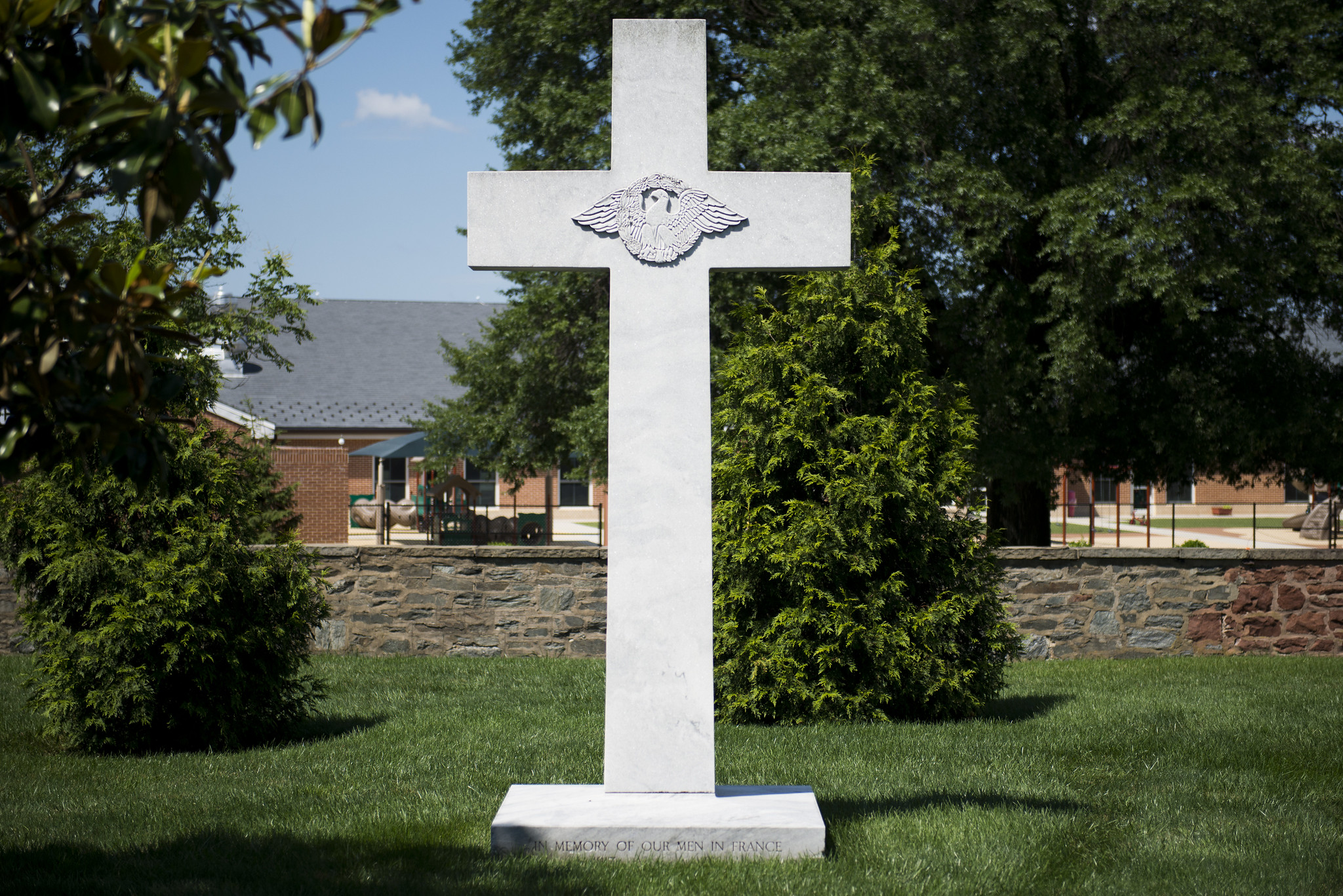Argonne Cross (World War I)

The Argonne Cross commemorates the 1918 Meuse-Argonne Offensive (September 26 to November 11, 1918), the Allies' massive Western Front campaign which helped conclude World War I. Involving some 1.2 million American soldiers, Meuse-Argonne was the American Expeditionary Forces' largest campaign — as well as the deadliest military campaign in U.S. history, resulting in more than 26,000 Americans killed in action and over 120,000 total casualties.
American servicemen who died in World War I were initially buried in Europe, but during and immediately after the war, the remains of many were disinterred. The War Department's policy was to repatriate, for reburial in the United States, all remains requested by the next of kin; those whose families did not request repatriation, or who were unidentified, would be reinterred in American-managed "Fields of Honor" in Europe. (The American Battle Monuments Commission, charged with administering foreign cemeteries, was established in 1923.) Under this repatriation policy, the remains of approximately 2,100 World War I casualties were reinterred at Arlington National Cemetery, specifically in Section 18.
In 1921, the Argonne Unit American Women's Legion successfully petitioned the War Department to erect a plain white marble cross in Section 18 to honor their memory. Women's organizations led many such efforts to establish World War I memorials. Commemorating the nation's wartime sacrifices became one way that American women — who had only just won the right to vote — could assert their rights to participate in public civic life.
Dedicated on November 13, 1923, the Argonne Cross stands in Section 18, near the southwestern edge of the cemetery. In August 1981, the Argonne Cross was accidentally destroyed. The current monument, a replica of the original, dates from June 1982.